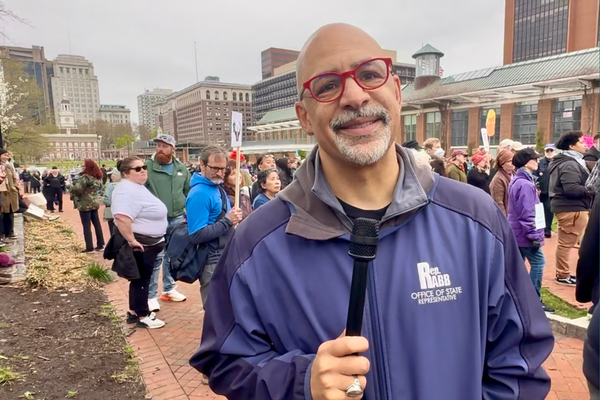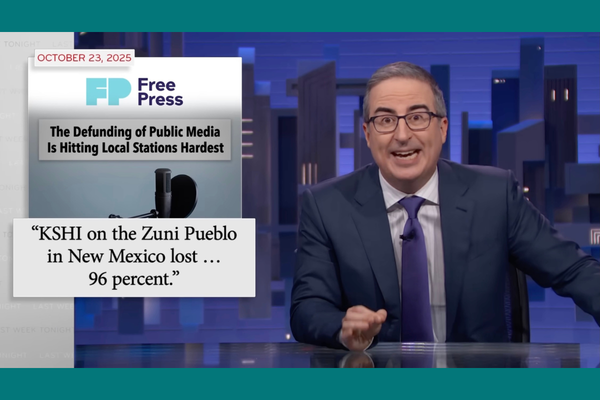Five Lessons a Road Trip Taught Me About Saving Local Journalism
What one week of driving around Massachusetts revealed
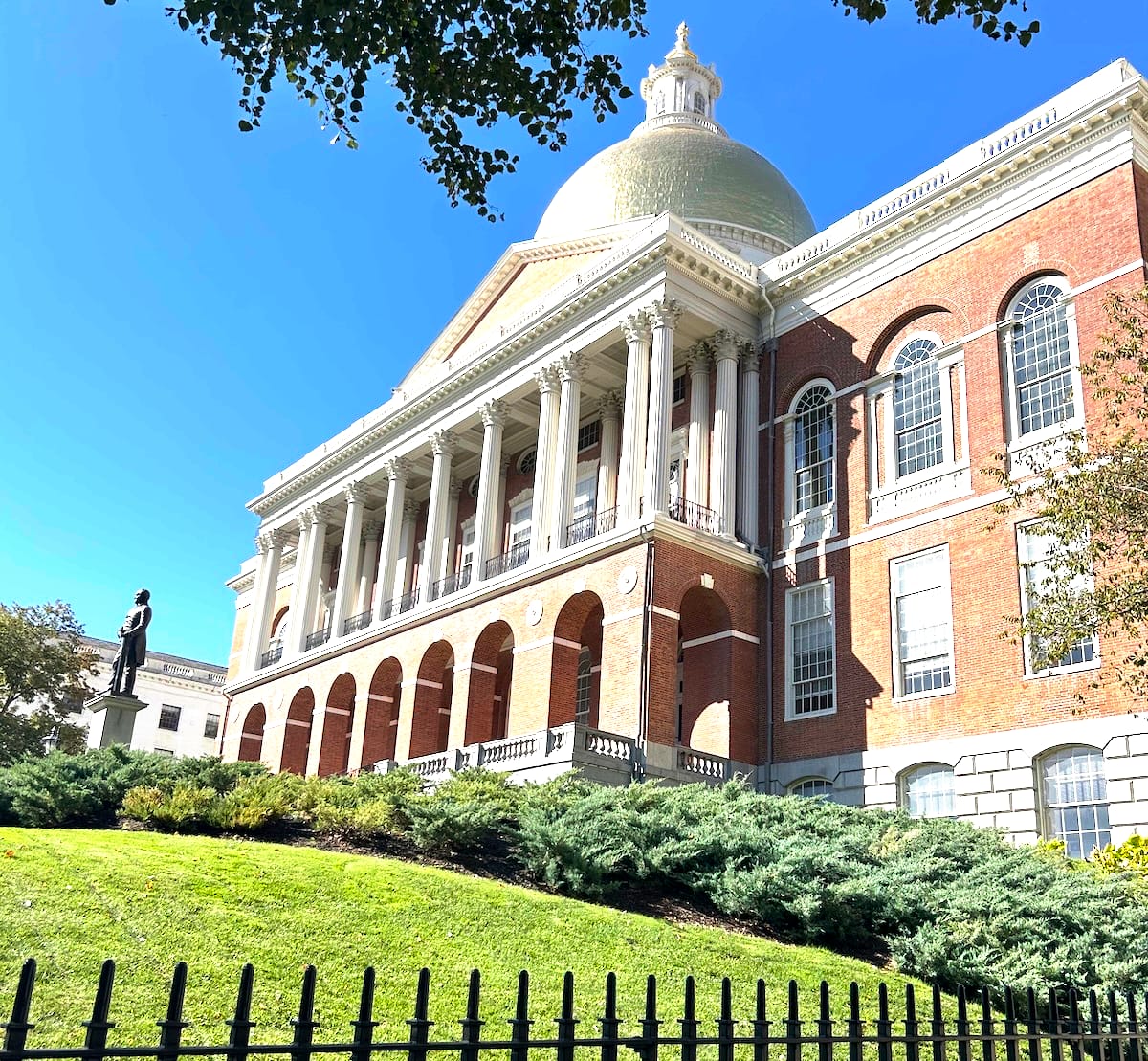
I love road trips.
Ever since my early days as a young sportswriter covering college hockey in the late 1980s, I have always enjoyed driving out of Boston to places all over New England. Back then, those trips led to old-school ice rinks on frigid nights. There was always a sense of discovery about a region I was learning to call home.
So when my Free Press colleague Sarah Stone planned a five-day journey across Massachusetts to meet with local journalists and community leaders, I was all in. I‘ve lived in the Commonwealth since 1991, having married into the Quincy/Dorchester Irish world and raising two amazing kids who are no longer kids. Massachusetts has shaped me throughout my entire career as a journalism and nonprofit leader — and as I move into the “veteran” chapter of my work life, I want to be a journalist who gives back and helps form a media system that is well-funded, equitable and reflects the state’s incredible communities.
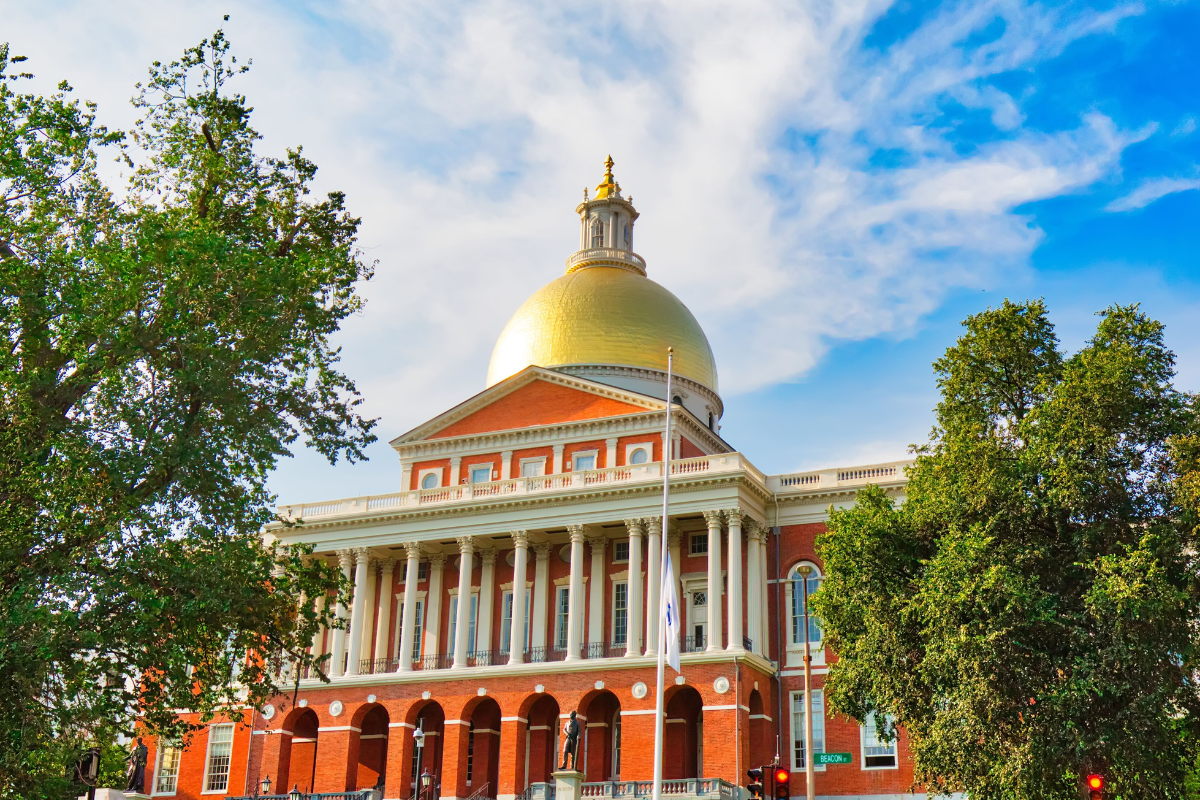
We started out in Western Massachusetts, with stops in Amherst, Northampton, Plainfield, Springfield, Turners Falls and Tyringham. We then headed east to Worcester before wrapping up with stops all over Boston, from the State House to the North End to Dorchester. My notebook is filled with quotes and takeaways, and my camera roll offers proof that this state is indeed beautiful. The conversations were plentiful, and I wanted to share five lessons I learned.
1. Independent media is as American as the American Revolution.
I am a history nerd, and I have always loved that whenever I travel around Massachusetts, the American Revolution is always present. I mean, look at this photo from Plainfield Town Hall.
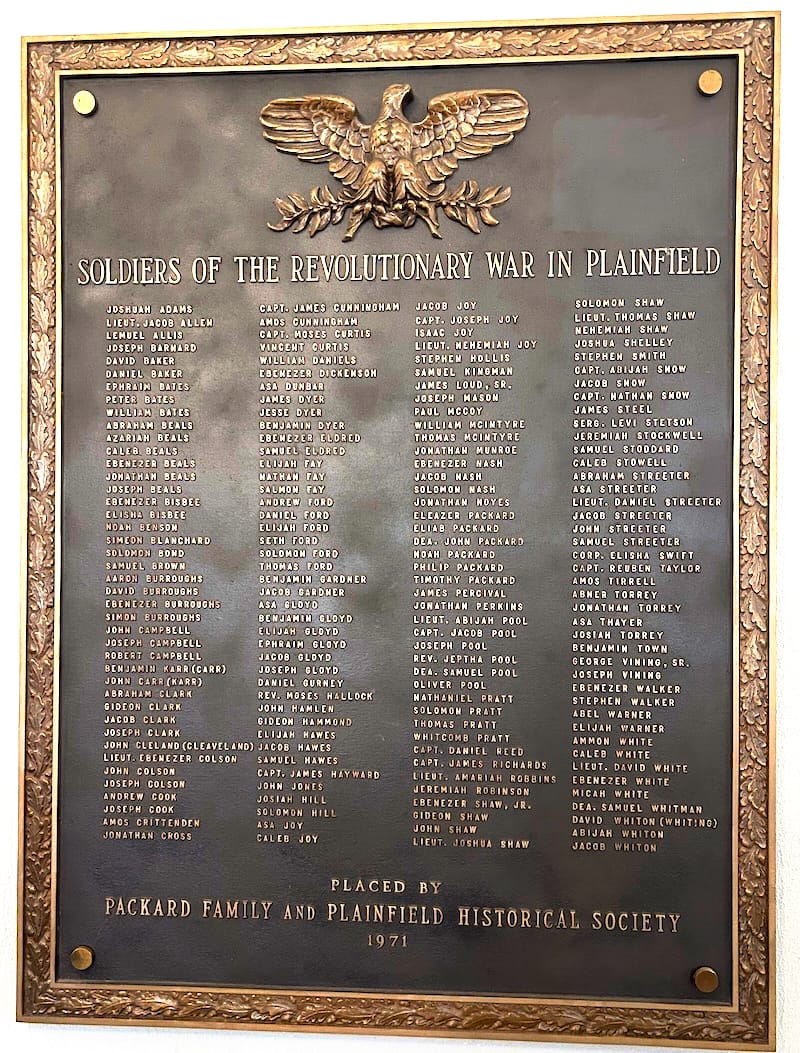
Living in this moment where local, independent journalism is under threat, I’m thankful to Vincent L. Golden of the American Antiquarian Society, who was part of a panel we attended to celebrate the second anniversary of the Worcester Guardian, a new nonprofit outlet. Golden showed up with a PowerPoint presentation and reminded everyone that all this debate about local journalism and who gets to publish what was part of colonial Massachusetts. He described newspapers and journals that gave voice to people, from those who supported the rebels to those who supported the Crown. It was a reminder that communication, journalism and commentary formed the fabric of a community. There were even examples of 19th-century “amateur” newspapers, like blogs before there were blogs.
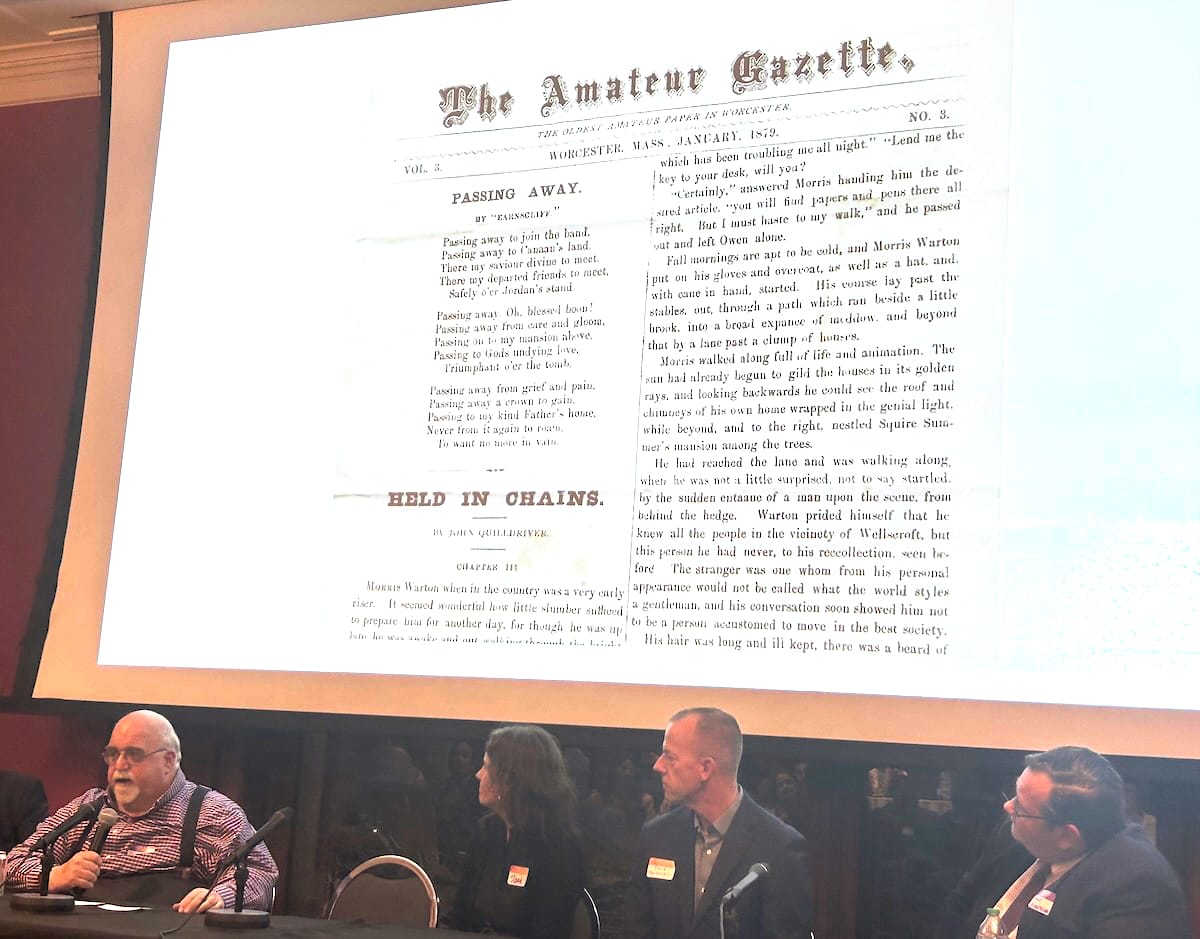
2. Not all civic-information outlets are traditional journalism outlets.
It’s easy (and lazy?) to conclude that as long as you fund local-journalism outlets, civic information about local issues like public schools and municipal elections will flow to all community members. But what about places where local news isn’t serving underrepresented communities at all? Such is the case in Worcester, which is 25 percent Latino but has very little Latino media representation — a persistent issue across many Latino-heavy cities in the state.
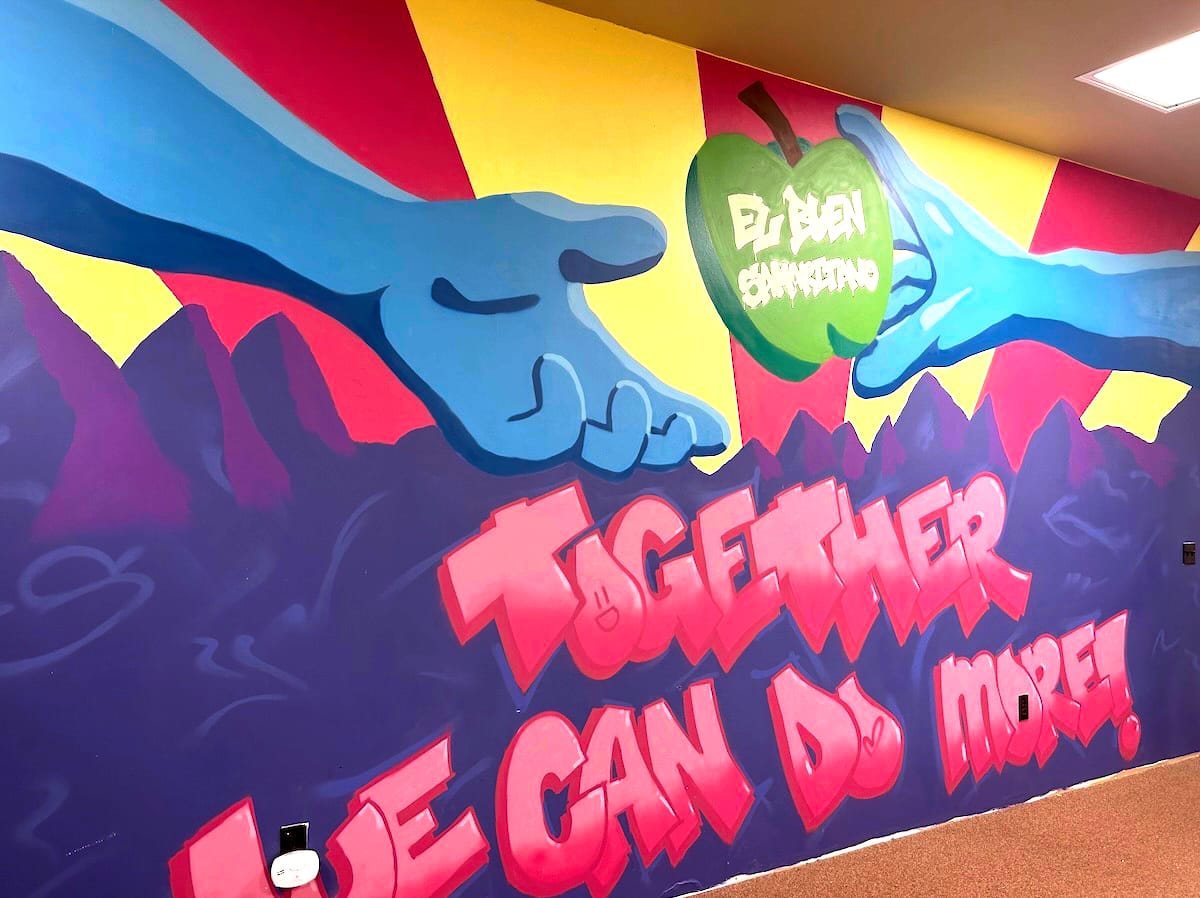
During our listening tour, we visited information hubs that don’t resemble traditional journalism outlets. Case in point: the nonprofit El Buen Samaritano (EBS), a local food pantry that has served the city and Worcester County since 1991. As Executive Director Mari González told me, EBS is not just a food pantry — it has become a trusted community outpost where people feel safe. It’s where community members can also get clothing, vaccinations, job information and guidance with navigating federal and state assistance programs.
The atmosphere is one of trust and connection, qualities that many journalism outlets are striving to achieve with their own work.
We also spoke to independent journalist Bill Shaner, one of the only Worcester reporters present for the May 8 Eureka Street ICE raid that made national headlines. The loss of accountability journalism in the city has made it more challenging to hold Worcester Police accountable for their role in that incident, and independent journalists like Shaner — who runs a widely read newsletter called Worcester Sucks and I Love It — play a vital role in holding government officials accountable.

3. Collaborate and don’t compete.
Nearly everywhere we went, journalists told us that competition is part of the craft, but the craft won’t survive without more collaboration. Over at The Shoestring, a Western Mass. outlet that covers local politics, culture and power, Managing Editor Brian Zayatz said that all their stories are free and open for republication. Elizabeth Román of New England Public Media said she is always looking for local collaborations, noting that The Republican, Springfield’s daily paper, gives her permission to run any of its photos. Such openness leads to stronger partnerships that send the right message to local audiences — that journalism is a civic good that benefits all of us.
This idea is in no way new. During the Worcester Guardian celebration, Golden told a story about how local papers back in the day would agree to cross–publish human-interest stories, especially when a paper had to fill the page to print a complete edition.
4. Always elevate and amplify invisibilized voices.
In Boston, we attended the 60th-anniversary celebration of The Bay State Banner, one of the country’s most prestigious Black-owned and Black-led newspapers. The paper was founded back in 1965 and is a testament to how Boston’s Black community refuses to be ignored. The celebration was held at the Boston Public Library at the GBH studio, which is open to the public. Hearing the insights from veterans and new voices proved that to avoid becoming invisibilized, communities must create their own lanes. The Bay State Banner represents a Boston that I know, one that pushes for social and racial justice when the city has at times fought against progress.
The Banner’s 60th-anniversary edition is free and is a must-read for any Bostonian.
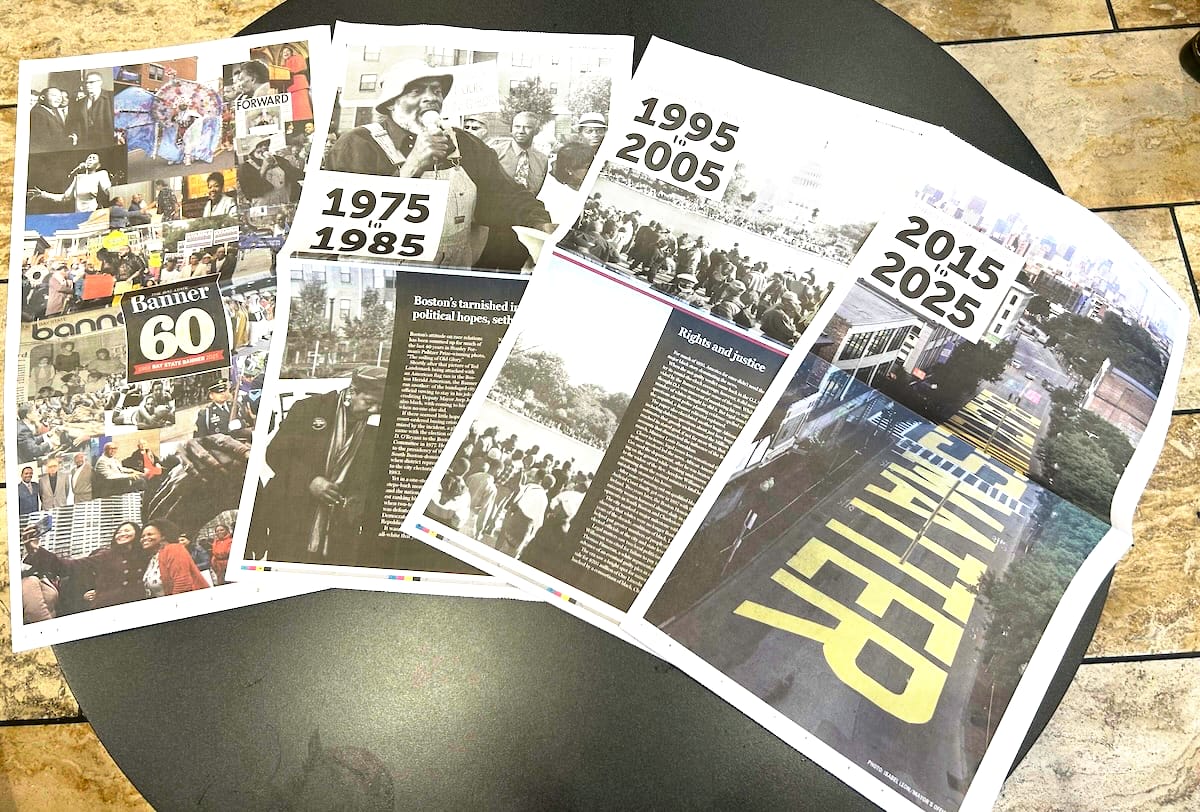
In an editorial about the 60-year milestone, Editor and Publisher Ronald Mitchell talks about ensuring that the paper’s tradition of elevating its community will continue.
“The administration’s current trend to erase Black history has now transitioned to the next phase — the attacks on freedom of speech, one of the sacred rights guaranteed by the Constitution. The suppression of free speech is a dangerous slide toward racial oppression,” he writes. “When governments start chipping away at the freedom to speak, other liberties are sure to follow. Reactionary and racist forces in America have long used violent means to attack free speech and to silence Black voices seeking greater justice and cultural expression. But in the end, they have all faltered, and we as a people continue to rise above the assault because of our community’s superpower, Black Joy.”
5. Young people believe in local journalism.
On our last stop of the week, we visited the Mauricio Gastón Institute for Latino Community Development and Public Policy at UMass Boston. There, we held a listening session with young Latino students representing neighborhoods like East Boston and cities like Taunton on the South Coast and Lawrence on the North Shore. Every one of these young people said they valued local journalism that informs their communities and doesn’t exploit them. They were also quick to tell us that corporate media has let them down, noting that these companies place profits over people. To them, sharing accurate information is built on community trust, and they will seek out voices that meet their communities where they are.
I plan to carry these lessons with me as Sarah and I continue to work in Massachusetts. We will visit other parts of the state as we consider ways to create a public-grantmaking body in Massachusetts, similar to the successful New Jersey Civic Info Consortium that Free Press Action helped launch.
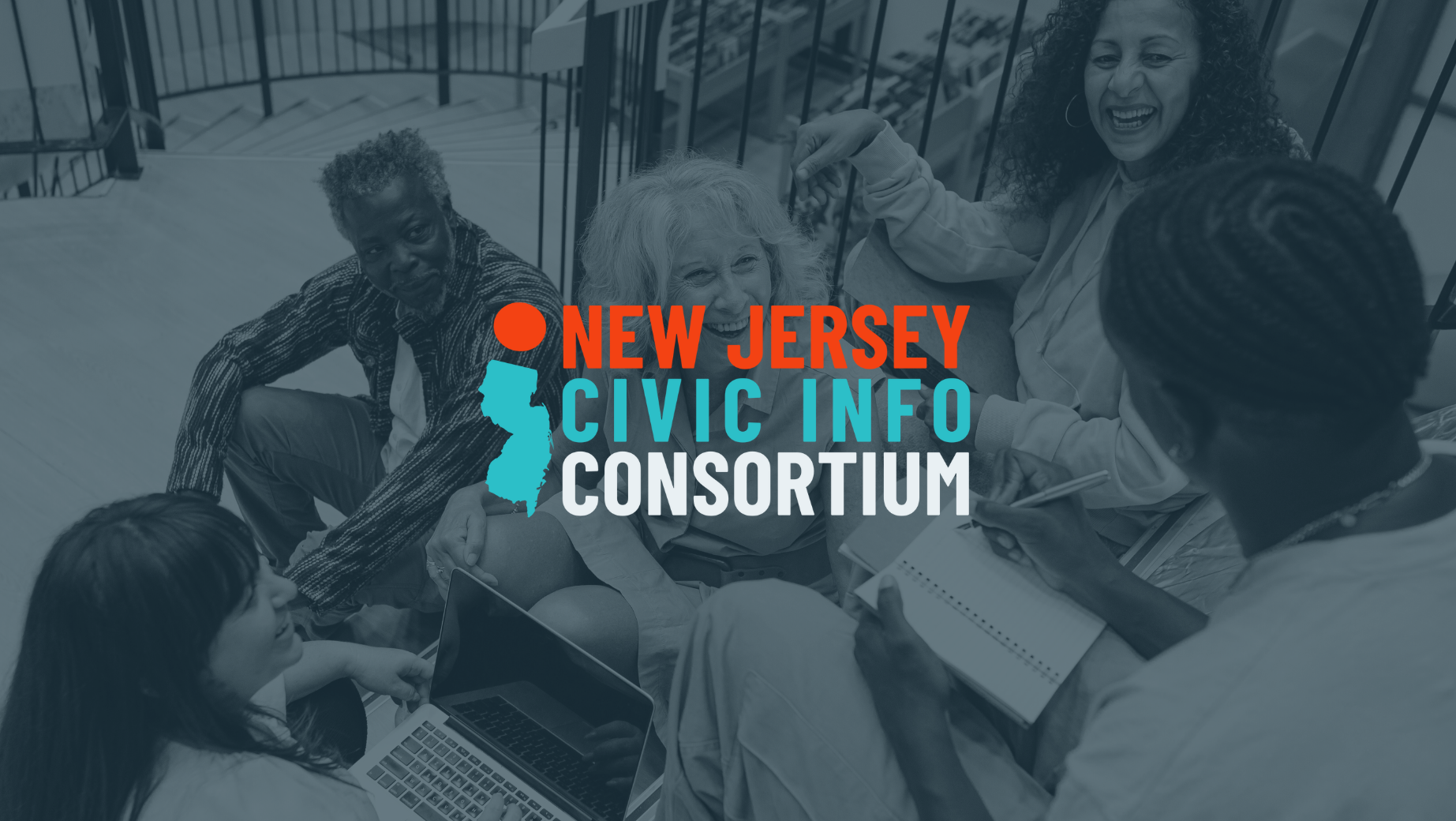
If you are in Massachusetts and are interested in learning more about our efforts, feel free to hit me up any time at my email: jrvarela@freepress.net
Open tabs
It looks like the Pentagon’s new press-access policy is losing support from outlets of all ideological leanings. Outlets including the Associated Press, The Atlantic, CNN, Fox News, Newsmax, The New York Times, NPR, The Washington Post and The Washington Times refuse to sign on to the restrictive new policy. According to The New Republic, “it looks like the only news outlet that will retain access to the Pentagon will be One America News Network, a right-wing news outlet that is outrageously pro-Trump.”
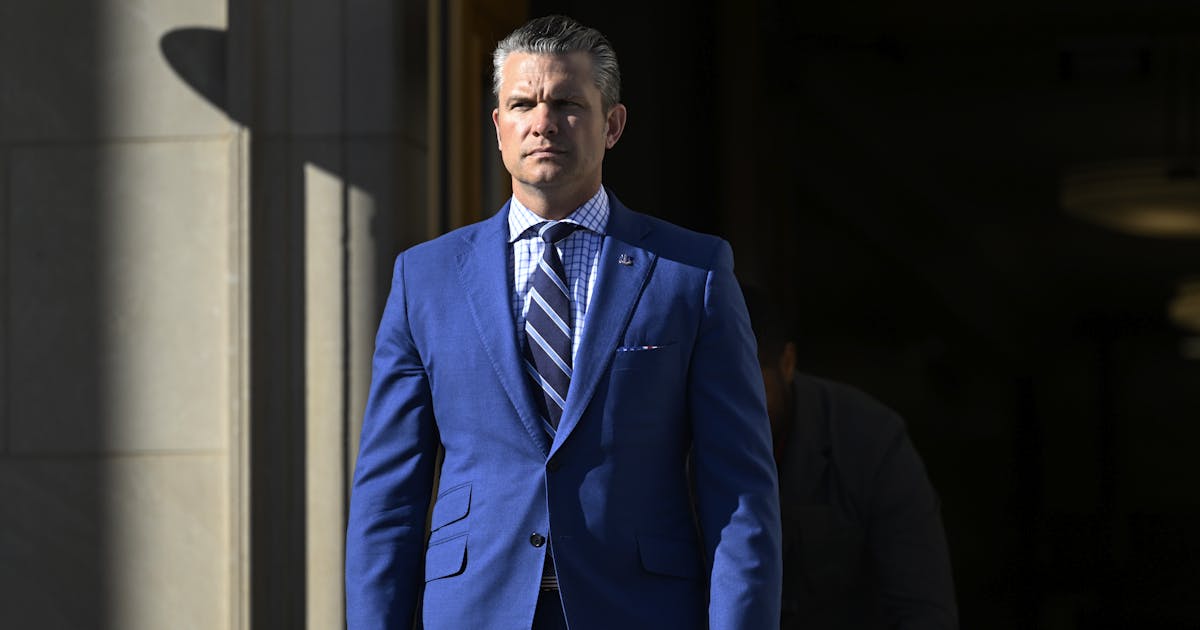
And over at 440 Media, there is this glimmer of possibility: “During a cruel presidency where many people are in desperate need of hope, the inflatable frog stepped into the breach. Everyone loves the Portland Frog. The juxtaposition of a frog (and people in other inflatable character costumes) standing up to ICE covered in weapons and armor is absurd, and that’s part of why it’s hitting so hard. But the frog is also a practical piece of passive resistance protest kit in an age of mass surveillance, police brutality and masked federal agents disappearing people off the streets.”

The kicker
This is not a food ad, but I finally tried the Coneys in Worcester, and it was a highlight of the tour. Here’s to more Worcester trips. Thanks to Bill Shaner for the recommendation! — JRV

About the author
Julio Ricardo Varela is the senior producer and strategist at Free Press. He is also a working journalist, columnist and nonprofit-media leader. He is a massive Red Sox, Knicks and Arsenal fan (what a combo). Follow him on Bluesky.
